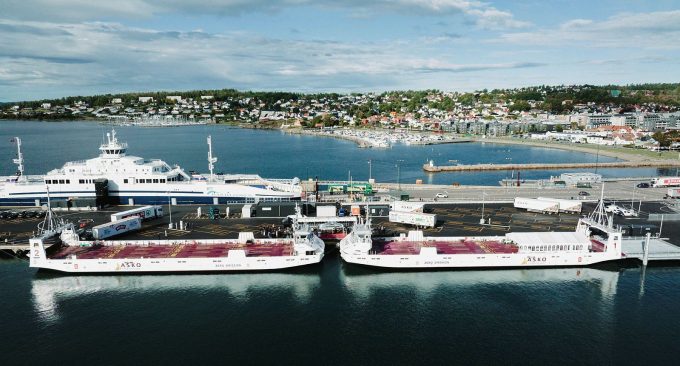Smaller feeder ships look doomed, caught in a 'Catch 22 scenario'
The majority of the feeder fleet in Europe is more than 20 years old and, ...

Automating feeder and deepsea vessels has been “much harder than we first thought”, but is becoming closer to reality, according to Kongsberg Massterly.
Based in Norway, Massterly is the world’s first dedicated company operating autonomous vessels, a joint-venture between Wilhelmsen and Kongsberg Maritime, and believes that ...

Comment on this article